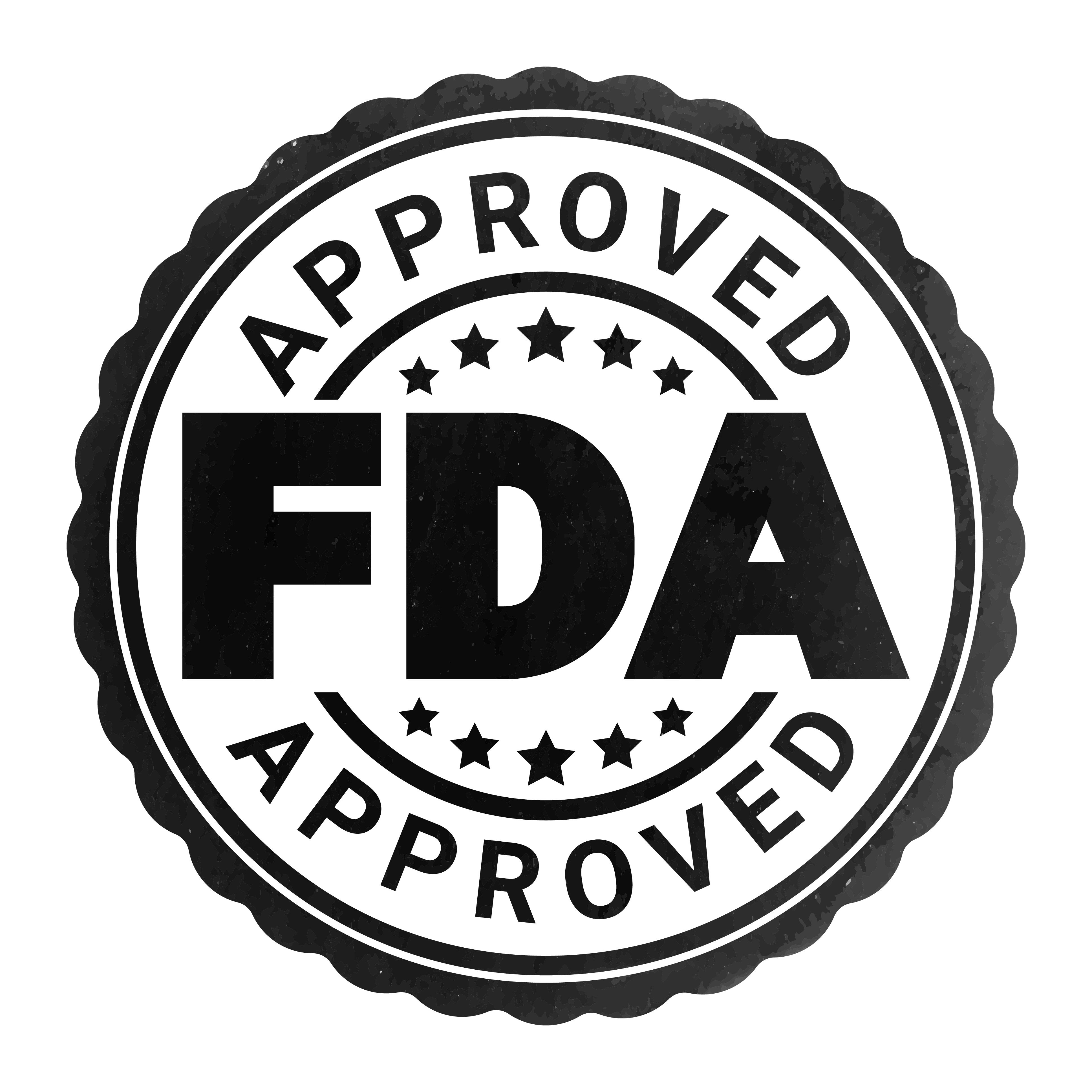- Acne
- Actinic Keratosis
- Aesthetics
- Alopecia
- Atopic Dermatitis
- Buy-and-Bill
- COVID-19
- Case-Based Roundtable
- Chronic Hand Eczema
- Chronic Spontaneous Urticaria
- Drug Watch
- Eczema
- General Dermatology
- Hidradenitis Suppurativa
- Melasma
- NP and PA
- Pediatric Dermatology
- Pigmentary Disorders
- Practice Management
- Precision Medicine and Biologics
- Prurigo Nodularis
- Psoriasis
- Psoriatic Arthritis
- Rare Disease
- Rosacea
- Skin Cancer
- Vitiligo
- Wound Care
News
Article
IDP-126 Approved by FDA for Treatment of Acne
Author(s):
The US Food and Drug Administration has approved IDP-126 gel for patients with acne.
AbudanceGuy/Adobe Stock

The US Food and Drug Administration (FDA) has just approved1 IDP-126 gel (CABTREO; clindamycin 1.2%/adapalene 0.15%/benzoyl peroxide 3.1%; Ortho Dermatologics) for the treatment of patients with acne. This makes IDP-126 gel the first FDA-approved fixed-dose triple-combination gel for patients with acne vulgaris.
Earlier this year, Ortho Dermatologics announced2 its New Drug Application (NDA) filing had been accepted by the FDA. The NDA was based on positive data from 2 phase 3 controlled clinical trials that met absolute change from baseline in inflammatory lesion count.
The phase 2 (NCT03170388) and phase 3 studies (NCT04214639; NCT04214652) studies, which were randomized and double-blinded, assessed the efficacy of IDP-126 gel in patients ages 9 years and older with moderate-to-severe acne over a 12-week period.
Read Dermatology Times' previous coverage of IDP-126 here.
In the phase 2 trial, more than half (52.5%) of patients treated with IDP-126 gel achieved treatment success as measured by a 2-point or greater reduction from baseline in Evaluator’s Global Severity Score and clear or almost clear skin. In the first of the phase 3 trials, the proportion of patients treated with IDP-126 achieving clear or almost clear skin (49.6%) was significantly greater than patients being treated with a vehicle gel (24.9%). The second phase 3 trial demonstrated consistent significant rates of treatment success among IDP-126- treated patients (50.5%) versus patients in the vehicle gel group (20.5%).3
By week 12, 76.4% of patients receiving IDP-126 gel in the phase 2 study had a mean percent change from baseline in inflammatory lesions. In the first phase 3 study, 75.7% of patients receiving IDP-126 gel had a mean percent change from baseline in inflammatory lesions compared to 59.6% of the vehicle gel group; in the second phase 3 study, 80.1% of patients receiving IDP-126 gel had a mean percent change from baseline in inflammatory lesions compared to 56.2%.3
Reductions were also noted in noninflammatory lesions. By week 12, 71.0% of patients receiving IDP-126 gel had a mean percentage change from baseline in noninflammatory lesions. In the first phase 3 study, 72.7% of patients receiving IDP-126 gel had a mean percent change from baseline compared to 47.6% of the vehicle gel group; in the second phase 3 study, 73.3% of patients receiving IDP-126 gel had a mean percent change from baseline compared to 49.0% of the vehicle gel group.3
“While most acne treatments currently available utilize multiple therapies and regimens, we are excited to see that the triple combination in CABTREO has resulted in significant treatment success and reduction in both the inflammatory and noninflammatory lesions typically associated with acne,” said Julie C. Harper, MD, of the Dermatology & Skin Care Center of Birmingham, Birmingham, Alabama.1 “With the approval of CABTREO, physicians can now offer patients an acne treatment that has the potential to be a simple, once daily dosing option.”
This accounts for an average 70% reduction in both inflammatory and noninflammatory lesion count.3
Most treatment-emergent adverse events reported by patients were mild or moderate in nature, with IDP-126 well-tolerated among participants.
"The efficacy data for IDP-126 is very impressive. There are many patients who are looking for more efficacy from a monotherapy regimen. If patients see early results, they will be more inclined to continue using a product," said Shanna Miranti, MPAS, PA-C, a founding member of and a board-certified physician assistant at Riverchase Dermatology in Naples, Florida, in an interview with Dermatology Times. "I’m very excited to try it on my patients...and my own kids. Dermatology providers will have another great tool in our ever-growing toolbox of options for our patients."
References
- FDA approves Cabtreo (clindamycin phosphate, adapalene and benzoyl peroxide) topical gel for the treatment of acne vulgaris in patients twelve years of age and older. – Bausch Health Companies Inc. October 20, 2023. Accessed October 20, 2023. https://ir.bauschhealth.com/news-releases/2023/10-20-2023
- Ortho Dermatologics announces US Food and Drug Administration new drug application filing acceptance for investigational acne treatment IDP-126 gel. News release. Bausch Health. May 1, 2023. Accessed October 19, 2023. https://ir.bauschhealth.com/news-releases/2023/05-01-2023
- Stein Gold L, Kircik L, Tanghetti E, et al. Efficacy and safety of a fixed-dose clindamycin phosphate 1.2%/adapalene 0.15%/benzoyl peroxide 3.1% gel for moderate-to-severe acne: randomized phase 2 and phase 3 studies of the first triple-combination drug. Presented at: Maui Derm NP & PA Fall; September 27-30, 2023; Asheville, NC.
Newsletter
Like what you’re reading? Subscribe to Dermatology Times for weekly updates on therapies, innovations, and real-world practice tips.













